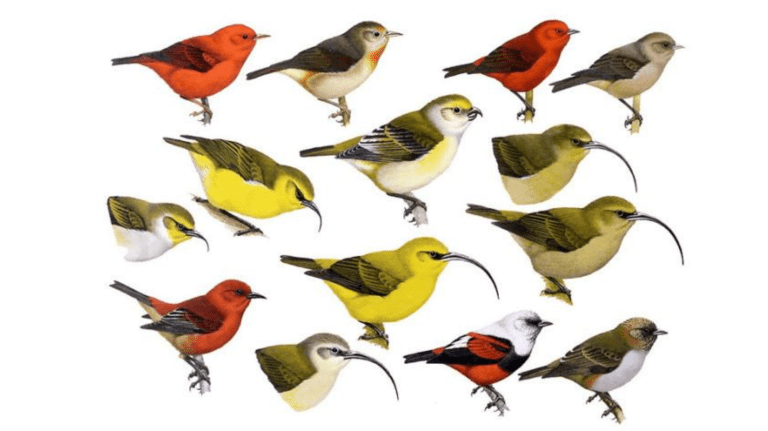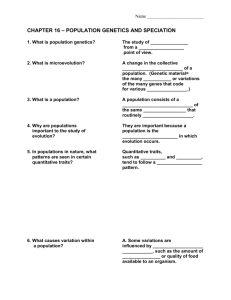
The types of variability. The causes of modification variability. learning Objectives •classify the types of variability •explain the causes of modification variability Success criteria 1.Know about types of variation. 2.Explain the types of variation: modification variability, mutation variability, variability of discontinuous and continuous. 3.Carry out research on reasons of emergence of modification variability. 4.Describe research methods indicating the number of measurements they plan to take, e.g. how many people they select and what range should be selected. 5.Describe research process. Explain reasons of emergence of modification variability. 6.Draw conclusions. Variability is the ability of living organisms to acquire new marks. Variability Phenotypic (non hereditary) Modification Genotypic (hereditary) Mutation Combination https://www.youtube.com/watch?v=jUHokSPkzT8 https://www.youtube.com/watch?v=VjlE5Qzl1S0 https://www.youtube.com/watch?v=_LoPYfhTgeI Variation • Results from genetic and environmental factors • In biology, any difference between cells, individual organisms, or groups of organisms of any species caused either by genetic differences (genotypic variation) or by the effect of environmental factors on the expression of the genetic potentials (phenotypic variation). • Variation may be shown in physical appearance, metabolism, fertility, mode of reproduction, behavior, learning and mental ability, and other obvious or measurable characters. Genotypic variations • Genotypic variations are caused by differences in number or structure of chromosomes or by differences in the genes carried by the chromosomes. • Gene mutation: point, deletion, substitution • Change in chromosomes structure: deletion, translocation, inversion, duplication. • Abnormal chromosomes numbers: aneuploidy, polyploidy • Genetic recombination: free assortment, crossing over, random fusion Genetic Variation Causes •Genetic variation occurs mainly through DNA mutation, gene flow (movement of genes from one population to another) and sexual reproduction. Due to the fact that environments are unstable, populations that are genetically variable will be able to adapt to changing situations better than those that do not contain genetic variation. Environmentally factors • Environmentally caused variations may result from one factor or the combined effects of several factors, such as climate, food supply, and actions of other organisms. • Phenotypic variations also include stages in an organism’s life cycle and seasonal variations in an individual. These variations do not involve any hereditary alteration and in general are not transmitted to future generations; • consequently, they are not significant in the process of evolution. Classification of variation • continuous, or quantitative • discontinuous, or qualitative Continuous variation Discontinuous variation The genetic basis of discontinuous variation In discontinuous (qualitative) variation: • different alleles at a single gene locus have large effects on the phenotype • different genes have quite different effects on the phenotype. continuous variation The genetic basis of continuous variation In continuous (quantitative) variation: • different alleles at a single gene locus have small effects on the phenotype • different genes have the same, often additive, effect on the phenotype • a large number of genes may have a combined effect on a particular phenotypic trait; these genes are known as polygenes. discontinuous variation Environmental effects on the phenotype phenotype = genotype + influences of the environment The causes of modification variability Modification variability Ice Natural environment High temperature Length of leaves Dandelion leaves valley Highlands of the Alps variation curve of pumpkin seeds along the length Norm of reaction purity of sign Low rate high rate Length of seeds/ mm


